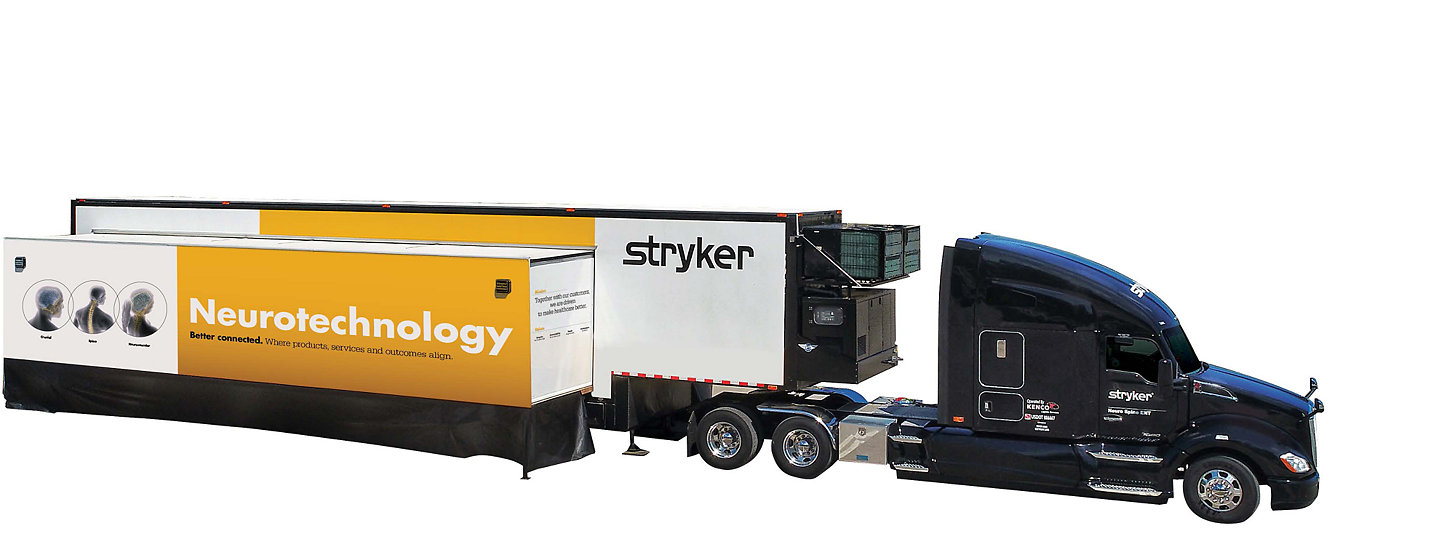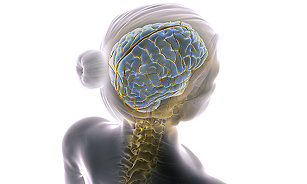Neurotechnology
Better connected
By delivering access to meaningful innovation, operational efficiency and the simplification of a single partner, we provide the power of a deeper understanding to help you better serve the needs of your patients and improve clinical and economic outcomes.
Experience the NEW Neurotechnology mobile lab!
We meet you where you are. Our mobile operating room brings world class training and education to you.
- Six integrated lab stations that allow visitors to experience our full line of products and partner technologies
- Set up to accommodate a wide variety of surgical specialties, procedures, and situations
- Continually touring the country, stopping at facilities and institutions across the United States
Contact us below for more information

Thank you!
CORPM-GSNPS-SYK-933352




